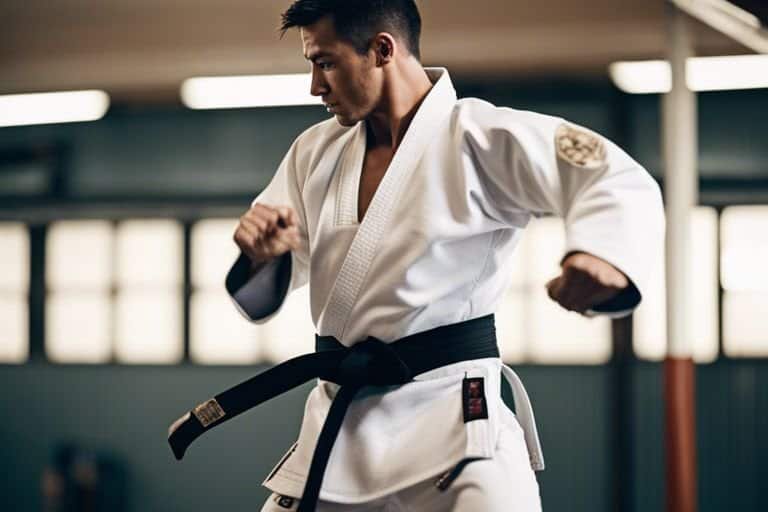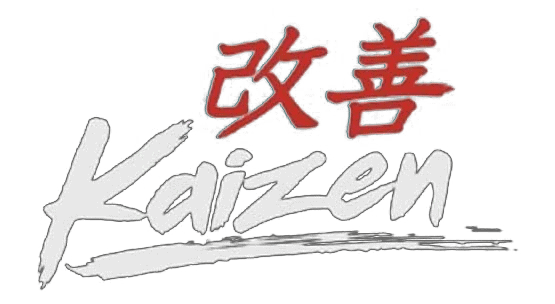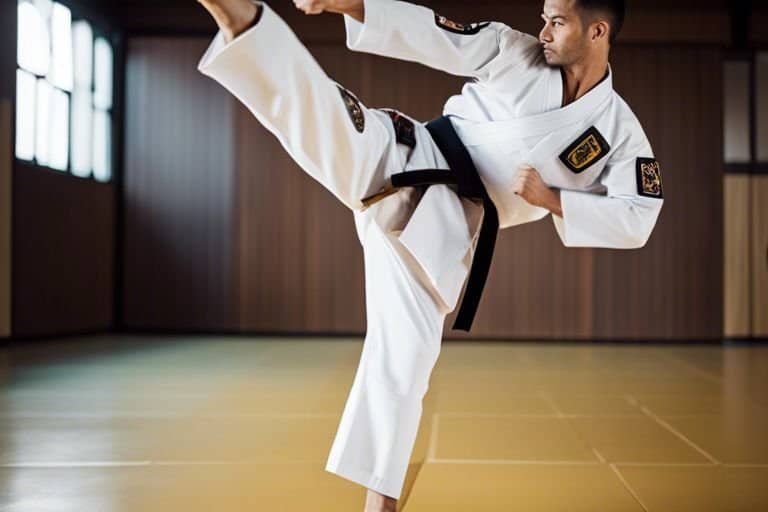Indubitably, the gi holds great significance in the practice of martial arts. This traditional uniform not only serves as a symbol of respect for the art and its lineage, but it also plays a vital role in training and discipline. The gi provides a sense of identity and belonging to the practitioner, while also offering practical benefits such as durability and protection during rigorous training sessions. Furthermore, the gi is essential for maintaining hygiene and etiquette in the dojo, thus upholding the values of martial arts beyond physical combat. To delve deeper into the importance of the gi in martial arts, visit What Is a Gi in Martial Arts?.
Key Takeaways:
- Cultural Significance: The gi holds a deep cultural significance in many martial arts disciplines, representing tradition, respect, and discipline.
- Practical Utility: The gi serves a practical purpose in martial arts training, providing a unique grip for certain techniques and creating resistance for strength and endurance training.
- Symbol of Equality: Wearing a gi symbolises equality within the martial arts community, as it hides physical differences and showcases skill and technique over appearance.

Historical Evolution of the Gi
The traditional martial arts uniform, known as the gi, has a rich and diverse history that spans centuries. Its development can be traced back to ancient China and Japan, where it was initially used as a form of everyday attire before being adopted for training and combat purposes. Over time, the gi evolved to become an integral part of martial arts practice, with various styles and designs emerging to suit different disciplines and environments.
Origins and Early Use
The earliest forms of the gi can be traced back to ancient China, where it was utilised as everyday clothing by peasants and nobility alike. Its durable fabric and loose, comfortable fit made it practical for daily wear and manual labour. As martial arts began to develop, the gi’s functionality and versatility made it an ideal choice for training and combat, providing practitioners with freedom of movement and protection from the elements. In Japan, the gi was further refined and formalised into the distinct uniform we recognise today, with different styles emerging to reflect the diverse martial arts traditions of the region.
Modern Adaptations and Styles
In modern times, the gi has continued to evolve, with various adaptations and styles emerging to cater to the diverse needs of practitioners. Different martial arts disciplines have developed their own unique variations of the gi, with modifications to fit specific training methods and cultural aesthetics. For example, Brazilian Jiu-Jitsu practitioners often use a more form-fitting and reinforced gi to accommodate the grappling-focused nature of their practice, while traditional Japanese martial arts may favour a looser and more traditional design. These modern adaptations highlight the gi’s ongoing significance and adaptability within the ever-changing landscape of martial arts.
Today, the gi remains a symbol of tradition, discipline, and respect within the martial arts community. Its continued relevance and versatility across different styles and disciplines underscore its importance as a fundamental aspect of martial arts practice, embodying both tradition and innovation within its design and use.
The Role of the Gi in Training
Training in martial arts involves the use of a traditional uniform known as the gi. The gi holds significant importance in the training and development of martial artists across various disciplines.
Discipline and Respect
The gi plays a crucial role in instilling discipline and respect within martial arts training. Wearing the gi signifies a commitment to the martial arts journey and reflects the practitioner’s dedication to the art form. The process of putting on the gi before training and taking it off afterwards reinforces a sense of ritual and respect for the practice, as well as for fellow practitioners and instructors. The uniform serves as a visual reminder of the etiquette and code of conduct that are fundamental to martial arts training, thus contributing to the cultivation of discipline and respect.
Physical and Psychological Benefits
Beyond its symbolic significance, the gi also offers practical benefits for physical and psychological development. The thick, durable fabric of the gi provides resistance during training, helping to build strength, endurance, and muscle memory. Furthermore, the uniform’s design and fit require practitioners to maintain correct posture and body alignment, leading to improved technique and overall physical awareness. Psychologically, the act of wearing the gi can create a sense of focus and preparation, enhancing mental readiness for training and promoting a mindset of determination and perseverance.
Moreover, the association between the gi and training helps to establish a sense of identity and belonging within the martial arts community, fostering camaraderie and a shared sense of purpose among practitioners. This sense of belonging can contribute to a positive mindset, motivation, and the cultivation of mental resilience, all of which are essential for progress and success in martial arts training.

Gi Across Different Martial Arts
In the world of martial arts, the gi holds a significant importance across various disciplines. Whether it’s Karate, Judo, Brazilian Jiu-Jitsu, or Aikido, the gi plays a crucial role in training and competition. To understand its significance in each martial art form, What Is a Gi in Martial Arts? – Gracie Jiu-jitsu Summerlin provides valuable insights.
Karate
Karate is a traditional martial art that places great emphasis on discipline, respect, and strong strikes. The gi worn in Karate is not just a uniform; it symbolises the practitioner’s commitment to the art. The thick, durable fabric of the gi not only withstands the rigours of training but also signifies the practitioner’s dedication and perseverance.
Furthermore, the gi in Karate serves as a practical tool for grappling techniques, allowing practitioners to execute throws and joint locks with precision and control.
Judo
Judo, known for its powerful throws and ground grappling techniques, relies heavily on the gi for effective training and competition. The gi in Judo is designed to endure the intense gripping and pulling involved in the art, while also providing a means for opponents to execute throws and submissions.
Moreover, the gi’s design in Judo promotes the intricate and tactical nature of the art, enhancing the practitioner’s ability to utilise their opponent’s energy and momentum to their advantage.
For those interested in delving deeper into the role of the gi in Judo, understanding its construction and significance is vital to mastering the art.
Brazilian Jiu-Jitsu
Brazilian Jiu-Jitsu places a strong emphasis on ground fighting and submission holds. The gi worn in Brazilian Jiu-Jitsu not only represents one’s rank and affiliation but also serves as a strategic advantage during training and sparring.
The gi provides numerous gripping opportunities, enabling practitioners to execute a wide array of techniques including chokes, joint locks, and sweeps with maximum efficiency.
Understanding the intricacies of how the gi influences the dynamics of Brazilian Jiu-Jitsu is crucial for any serious practitioner looking to advance their skills.
Aikido
Aikido, a martial art focused on using an opponent’s energy to gain control, utilises the gi as a means of practical and philosophical significance. The flowing movements and techniques of Aikido are facilitated by the unique design and fabric of the gi, allowing for seamless execution of techniques.
Furthermore, the gi serves as a metaphor for the blending and redirecting of energy in Aikido, symbolising the harmony and control that practitioners strive to achieve.
Exploring the deeper connection between the gi and the principles of Aikido is essential for those seeking a comprehensive understanding of the art.
Choosing the Right Gi
When it comes to martial arts, selecting the right Gi can greatly impact your performance and overall experience. The right Gi not only provides comfort and mobility, but also reflects respect for the art itself. With so many options available in the market, it’s essential to know what to look for when choosing the right Gi for your practice.
Material and Weave Types
One of the most crucial factors to consider when choosing a Gi is the material and weave type. Common Gi materials include cotton, polyester, and blends of the two. Each material offers different advantages in terms of durability, breathability, and comfort. When it comes to weave types, the most popular options are single weave, double weave, and gold weave. Each weave type has its own pros and cons, affecting factors such as weight, thickness, and longevity.
- Cotton: Offers excellent breathability and comfort.
- Polyester: Provides exceptional durability and minimal shrinkage.
- Single Weave: Lightweight and allows for better freedom of movement.
- Double Weave: Offers superior durability and protection.
- Gold Weave: Provides a balance between the lightness of single weave and the durability of double weave.
Any decision regarding material and weave type should take into account the specific requirements of your martial arts discipline, as well as your personal preferences.
Sizing and Fit
Ensuring the right sizing and fit of your Gi is paramount for both performance and etiquette. A Gi that is too loose can be hazardous during training, while one that is too tight can restrict movement and cause discomfort. When selecting a Gi, consider factors such as sleeve length, jacket length, and trouser length to ensure a proper fit.
It’s important to follow the size charts provided by manufacturers and take accurate body measurements to find the optimal fit. Importantly, always remember that different brands may have variations in their sizing, so it’s crucial to try on the Gi whenever possible before making a purchase.
Care and Maintenance
To prolong the lifespan of your Gi and maintain its performance, proper care and maintenance are essential. Regularly washing your Gi after each use is crucial to prevent the buildup of bacteria and odour. Additionally, following the manufacturer’s guidelines for washing and drying, as well as avoiding practices that could lead to unnecessary wear and tear, are crucial for extending the life of your Gi.
It’s also important to inspect your Gi regularly for any signs of damage or weak areas, as prompt repairs can prevent further deterioration and maintain the integrity of the garment.
The Importance of a Gi in Martial Arts
The gi, or traditional uniform worn in martial arts, carries significant importance in the practice and philosophy of various disciplines. Its design and structure not only represent the roots and traditions of the art form but also serve practical purposes such as durability, comfort, and ease of movement during training and combat. Additionally, the gi symbolises discipline, respect, and unity among practitioners, fostering a sense of tradition and belonging within the martial arts community. It also provides a platform for displaying rank and achievement through the use of belts, further emphasising the values of dedication and perseverance in the study of martial arts. To learn more about the significance of the gi in martial arts, visit What is the point of a Gi in martial arts?
FAQ
Q: What is the importance of wearing a Gi in Martial Arts?
A: The Gi holds significant importance in martial arts as it symbolises tradition, respect, and discipline. It also serves practical purposes such as providing comfort, protection, and a means of identifying rank.
Q: How does wearing a Gi symbolise tradition in Martial Arts?
A: The Gi’s design and fabric trace back to the traditional attire of ancient Japanese samurai, reflecting the rich history and cultural heritage of martial arts. It evokes a sense of reverence for the art form’s origins and the values it upholds.
Q: What role does the Gi play in demonstrating respect in Martial Arts?
A: Wearing a Gi demonstrates respect for the martial arts discipline, instructors, and fellow practitioners. It signifies a commitment to the code of conduct, etiquette, and traditions upheld in martial arts training and practice.
Q: How does the practical aspect of the Gi contribute to its importance in Martial Arts?
A: The Gi’s loose and durable design allows for unrestricted movement during training and sparring. Its thick fabric offers protection from friction and impact, enhancing safety. Additionally, the Gi’s colour and patches denote an individual’s rank and achievements within the martial arts community.
Q: Is wearing a Gi essential for training and competitions in Martial Arts?
A: Yes, wearing a Gi is essential for maintaining the integrity and tradition of martial arts training and competitions. It sets a standard of uniformity, discipline, and respect, while also providing practical benefits for practitioners during their martial arts activities.



